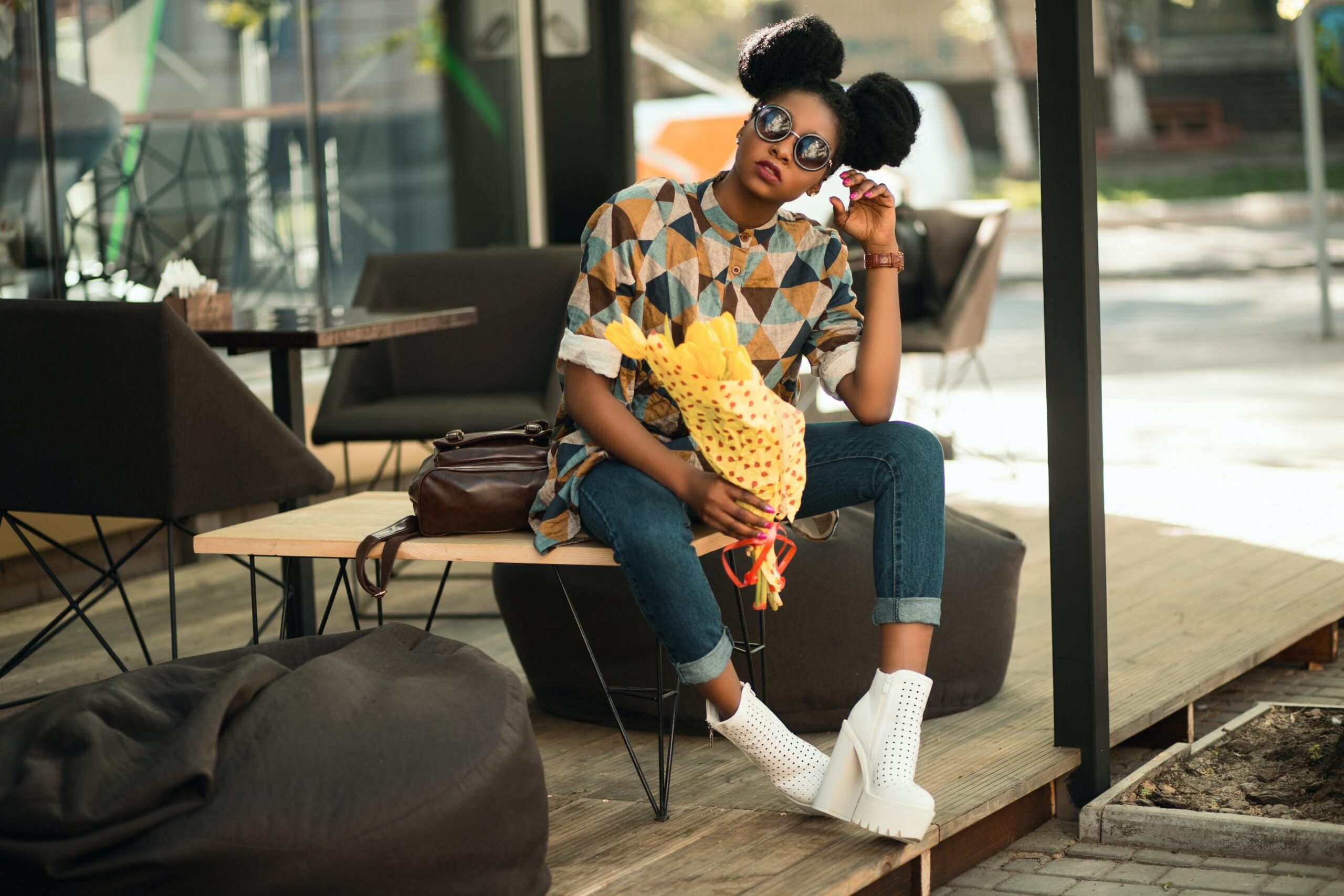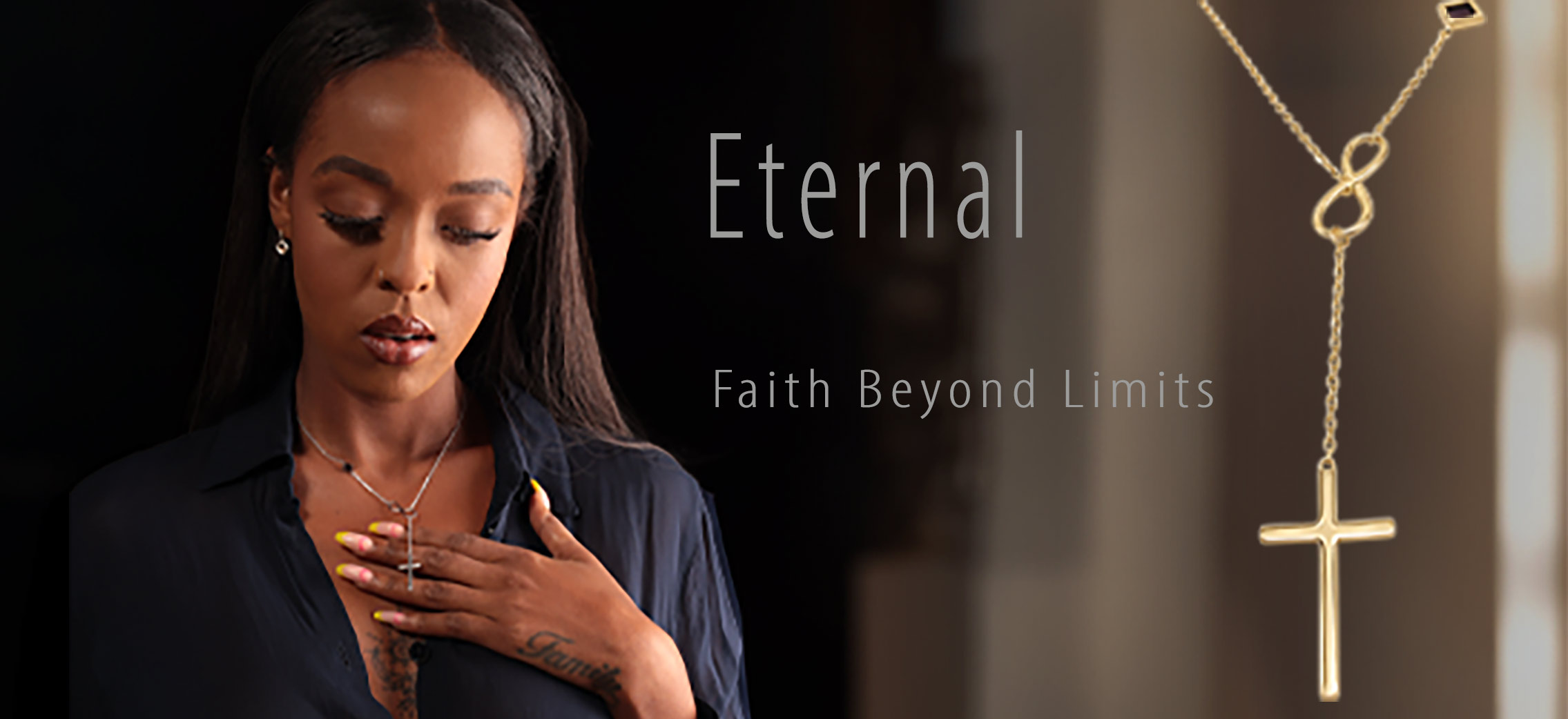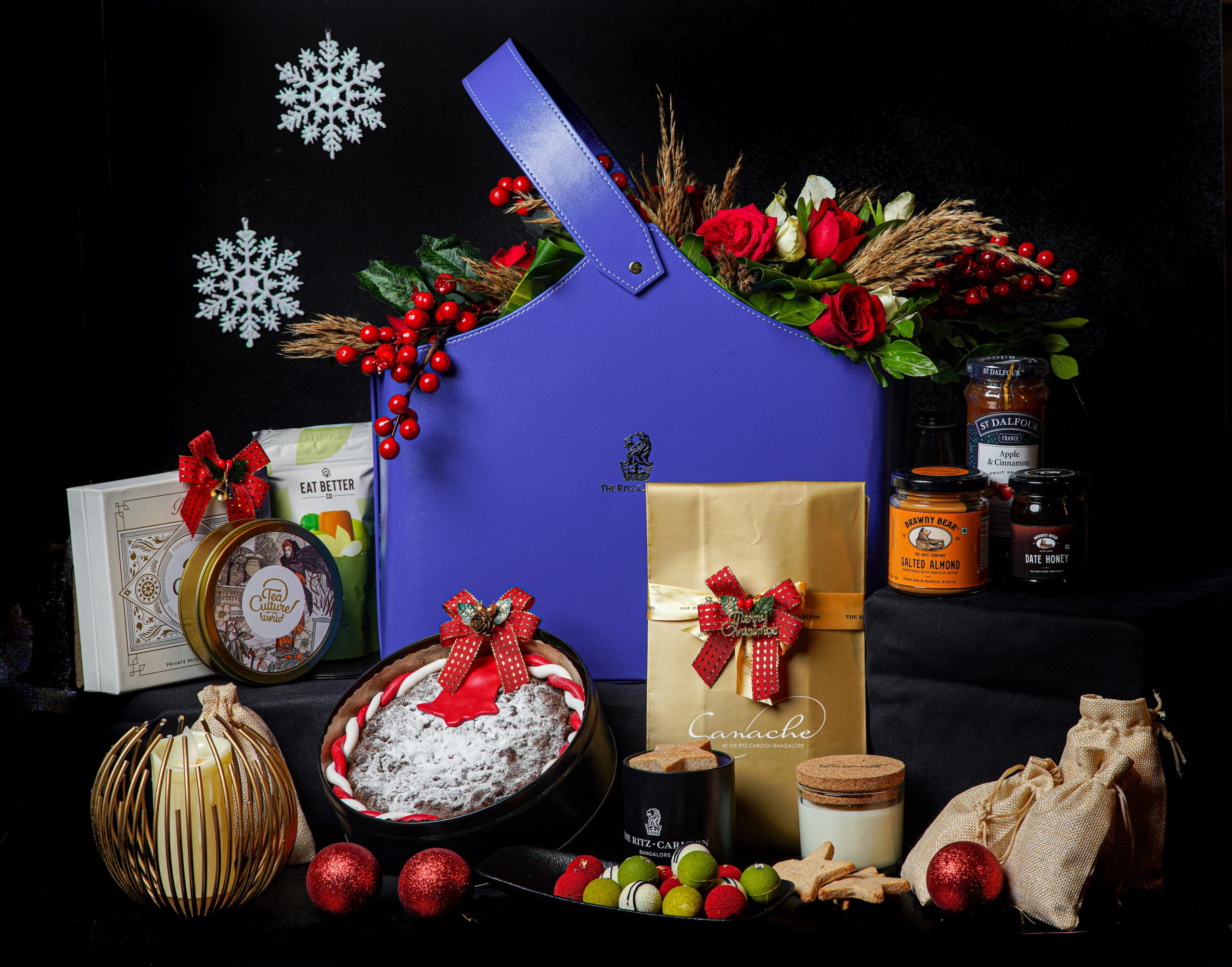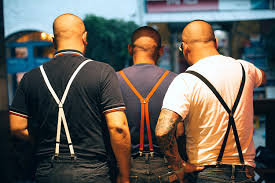
How did fashion photography change consumers during and after WWII? In the tumultuous aftermath of the war, fashion photography emerged as a powerful force reshaping consumer desires. Photographers captured the essence of resilience and hope in their images, influencing people’s aspirations and ideals. Through striking visuals, fashion photography became a tool for transformation, offering a glimpse of a brighter future amid the shadows of the past. Join us on a journey through the lens as we explore the profound impact of fashion photography on consumers during and after WWII.
How Fashion Photography Transformed Consumers During and After WWII
Fashion photography has long been a powerful medium that not only showcases clothing trends but also shapes consumer behavior and perceptions. The period during and after World War II marked a significant turning point in the history of fashion photography. Let’s delve into how the art of capturing fashion evolved during this era and its profound impact on consumers.
The Rise of Fashion Photography During WWII
As the world was embroiled in the chaos of World War II, fashion photography took on a new role beyond merely depicting glamorous attire. Here’s how the landscape changed during this turbulent time:
- Propaganda Tool: Fashion photography was utilized as a propaganda tool during WWII to promote patriotism and boost morale. Images of elegantly dressed women embodying the spirit of resilience and patriotism became prevalent.
- Rationing and Utility Clothing: With rationing in place, fashion photography had to adapt to showcase practical and utilitarian clothing styles. Photographs often featured women in sensible garments that reflected the era’s resource scarcity.
- Symbol of Hope: Fashion photography served as a symbol of hope and escapism during the dark days of the war. By showcasing aspirational styles and glamorous aesthetics, photographers provided a brief respite from the harsh realities of wartime.
The Post-War Fashion Revolution
After the dust of WWII settled, the world witnessed a fashion revolution that was reflected in the evolution of fashion photography. Here’s how this transformative period impacted consumers:
Embracing Liberation and Creativity
- New Beginnings: Post-WWII fashion photography symbolized a fresh start and the spirit of liberation. Photographs began featuring bold, innovative designs that celebrated freedom and creativity.
- Redefining Beauty Standards: The post-war era saw a shift in beauty standards, with fashion photography playing a pivotal role in promoting diversity and inclusivity. Images showcased a broader spectrum of beauty, challenging traditional norms.
- Empowerment Through Style: Fashion photography became a tool for empowerment, encouraging consumers to express their individuality through clothing choices. Photographs conveyed messages of confidence and self-assurance, inspiring people to embrace their unique style.
The Golden Age of Haute Couture
- Rise of Haute Couture: Post-WWII fashion photography witnessed the ascendancy of haute couture, with designers pushing the boundaries of creativity and craftsmanship. Photographs captured the opulence and intricacy of haute couture creations, fueling consumer desire for exquisite luxury.
- Celebrity Influence: Fashion photography began featuring celebrities and public figures prominently, shaping consumer perceptions of style and sophistication. Celebrities became style icons, influencing trends and driving consumer demand for aspirational fashion.
- Global Impact: The post-war era saw fashion photography transcending borders, with images disseminating globally through magazines and media. This globalization of fashion photography influenced consumer tastes on a worldwide scale, creating a shared language of style.
The Legacy of Fashion Photography Post-WWII
The impact of fashion photography during and after WWII reverberates to this day, shaping the way consumers interact with fashion and style. Here are some enduring legacies of this transformative period:
- Visual Storytelling: Fashion photography continues to be a powerful medium for visual storytelling, capturing the essence of trends and evoking emotions. Images play a crucial role in conveying the narrative behind fashion designs and influencing consumer perceptions.
- Diversity and Representation: The legacy of promoting diversity and representation in fashion photography persists, with photographers striving to showcase a broader range of identities and experiences. Inclusivity remains a key aspect of modern fashion imagery, resonating with consumers seeking authentic representation.
- Sustainability and Ethical Practices: Fashion photography has embraced the ethos of sustainability and ethical practices, reflecting the growing consumer demand for eco-friendly and socially responsible fashion. Images now often feature sustainable clothing lines and eco-conscious brands, aligning with shifting consumer preferences.
In conclusion, the evolution of fashion photography during and after WWII marked a pivotal moment in shaping consumer perceptions and behaviors. From serving as a beacon of hope during wartime to inspiring creativity and empowerment in the post-war era, fashion photography continues to influence the way we engage with fashion and style. Its enduring legacy underscores the enduring power of images to captivate, inspire, and drive consumer trends.
Frequently Asked Questions
### How did fashion photography influence consumer behavior during WWII and after?
Fashion photography played a significant role in shaping consumer behavior during and after WWII by showcasing evolving trends, styles, and lifestyles. During the war, fashion photography reflected practicality and austerity due to fabric rationing and utilitarian clothing designs. Consumers were encouraged to prioritize functionality over aesthetics as a form of patriotic duty.
### In what ways did fashion photography adapt to the changing consumer landscape post-WWII?
After WWII, fashion photography shifted towards promoting optimism, glamour, and luxury. Photographers and designers embraced new materials and silhouettes, giving rise to a sense of renewed hope and prosperity. Consumers were exposed to images of opulence and elegance, influencing their desire for luxury goods and fashionable attire.
### How did the mass production of fashion magazines impact consumer awareness and purchasing behavior during and after WWII?
The mass production of fashion magazines during and after WWII democratized access to trends and styles, reaching a wider audience of consumers. Fashion photography in magazines became a powerful tool for marketing and branding, creating aspirational images that influenced consumer preferences and purchasing decisions. Consumers were exposed to a diverse range of fashion choices, fueling demand for new and trendy clothing items.
### What role did celebrity endorsements and collaborations play in shaping consumer perceptions through fashion photography during the post-WWII era?
Celebrity endorsements and collaborations in fashion photography during the post-WWII era significantly influenced consumer perceptions and trends. Celebrities were often featured in campaigns and editorials, associating themselves with specific brands and styles. This partnership between celebrities and fashion photographers helped create an emotional connection with consumers, leading to increased brand loyalty and sales. Fashion photography became a powerful tool for leveraging the influence of celebrities to drive consumer engagement and purchasing behavior.
Final Thoughts
Fashion photography changed consumers during and after WWII by portraying hope, resilience, and glamour in the midst of turmoil. Photographs showcased new trends, inspired confidence, and encouraged a sense of normalcy post-war. The visual medium became a powerful tool for brands to connect with audiences, influencing purchasing decisions and shaping cultural ideals. Post-WWII, fashion photography continued to evolve, reflecting the changing societal norms and aspirations of consumers. Its impact on consumer behavior was undeniable, shaping perceptions and driving trends for years to come.






